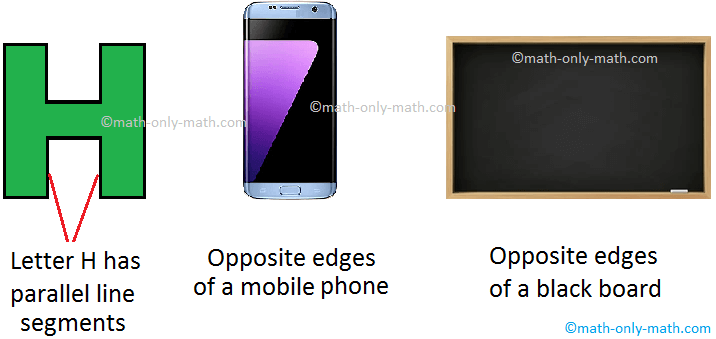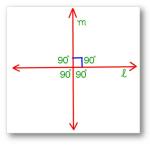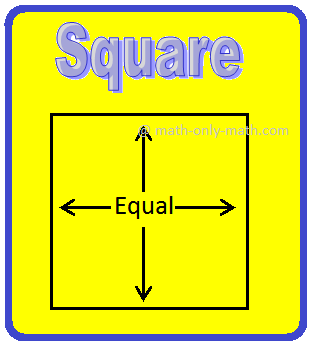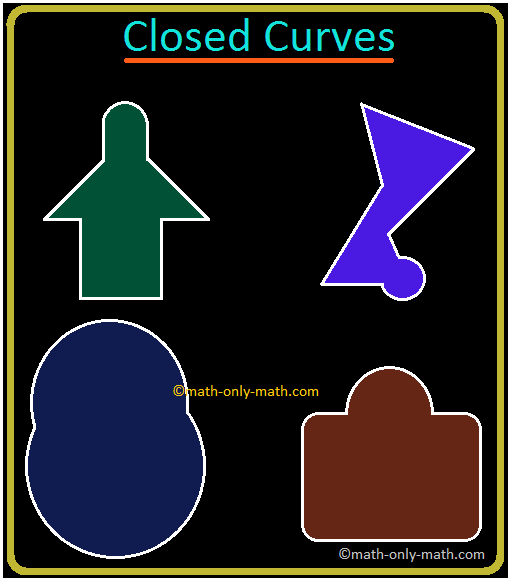Calculate Profit and Profit Percent
We will learn how to calculate profit and profit percent.
If selling price is more than the cost price (S.P. > C.P.), there is a profit.
Profit = S.P. – C. P.
or, S. P. = P + C. P.
C.P. = S. P. – P
Profit percent → profit on $ 100 is called profit%
Profit% is always calculated on C.P
So, profit% = \(\frac{Profit}{C.P.}\) x 100
Solved examples:
Jack purchased 400 calculators at $200 each. He spent $5 on packing each calculator, paid $100 to the carrying for loading and $400 on transportation. He sold 300 at a rate of $280 each and 100 at the rate of $180 each. Find his profit or loss per cent in the whole transportation.
Solution:
C.P. of 1 calculator = $200
C.P. of 400 calculators = $200 x 400
= $80000
Money spent on packing 1 calculator = $5
Money spent on packing 400 calculators = $400 x 5 = $2000
Overhead expenses = $(2000 + 100 + 400)
= $2500
C.P. of 400 calculators = Actual C.P. + Overhead expenses
= $80000 + $2500
= $82500
S.P. of 400 calculators = S.P. of 300 calculators + S.P. of 100 calculators
S.P. of 1 calculator = $280
S.P. of 300 calculators = $280 x 300 = $84000
S.P. of 1 calculator = $180
S.P. of 100 calculators = $180 x 100 = $18000
S.P. of 400 calculators = $84000 + $18000 = $102000
S. P. > C. P., there is profit, therefore, profit – S.P. – C.P.
Profit = $(102000 – 82500) = $19500
Profit% = \(\frac{Profit}{C.P.}\) x 100
= \(\frac{19500}{82500}\) x 100%
= 23.6%
7th Grade Math Problems
From Calculate Profit and Profit Percent to HOME PAGE
Didn't find what you were looking for? Or want to know more information about Math Only Math. Use this Google Search to find what you need.
Recent Articles
-
What are Parallel Lines in Geometry? | Two Parallel Lines | Examples
Apr 19, 24 04:39 PM
In parallel lines when two lines do not intersect each other at any point even if they are extended to infinity. What are parallel lines in geometry? Two lines which do not intersect each other -
Perpendicular Lines | What are Perpendicular Lines in Geometry?|Symbol
Apr 19, 24 04:01 PM
In perpendicular lines when two intersecting lines a and b are said to be perpendicular to each other if one of the angles formed by them is a right angle. In other words, Set Square Set Square If two… -
Fundamental Geometrical Concepts | Point | Line | Properties of Lines
Apr 19, 24 01:50 PM
The fundamental geometrical concepts depend on three basic concepts — point, line and plane. The terms cannot be precisely defined. However, the meanings of these terms are explained through examples. -
What is a Polygon? | Simple Closed Curve | Triangle | Quadrilateral
Apr 19, 24 01:22 PM
What is a polygon? A simple closed curve made of three or more line-segments is called a polygon. A polygon has at least three line-segments. -
Simple Closed Curves | Types of Closed Curves | Collection of Curves
Apr 18, 24 01:36 AM
In simple closed curves the shapes are closed by line-segments or by a curved line. Triangle, quadrilateral, circle, etc., are examples of closed curves.





